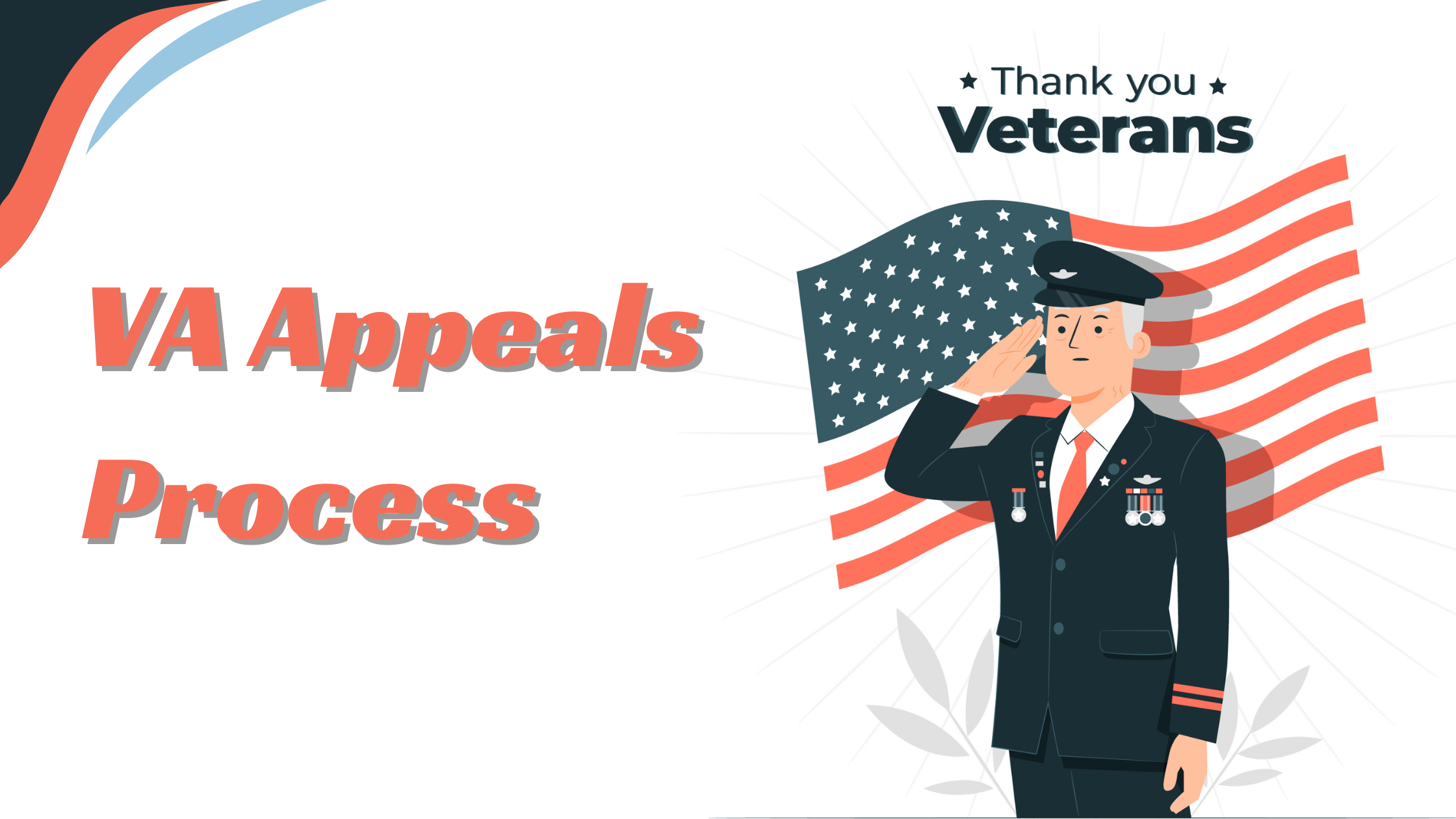Charting Your Course: Navigating the VA Appeals Process with Confidence and Clarity
It can be challenging to navigate the Department of Veterans Affairs (VA) appeals procedure; it is complicated and frequently frustrating. To obtain the benefits that are legally due to them, veterans in the United States need to carefully navigate a complex legal system that may be demoralizing and stressful. Nonetheless, veterans may navigate this system with assurance and clarity if they receive the proper counsel and thoroughly grasp the appeals procedure. When a veteran feels that the VA has incorrectly denied their application for benefits like health care, schooling, disability compensation, or pensions, they may need to file an appeal.
Understanding the Appeal Process
Gaining an advantageous conclusion requires first understanding the appeals procedure. The Department of Veteran Affairs has established regulations regarding how to appeal a VA claim. The Veterans Appeals Improvement and Modernization Act of 2017 significantly changed the VA appeals process. It was implemented to expedite the procedure and shorten wait periods for veterans wishing to challenge claim determinations.
Three review lanes are now available from the VA for appeals:
- Higher-Level Review: A new review of the claim by a more experienced VA adjudicator.
- Supplemental Claim Lane: An opportunity to submit additional evidence.
- Board of Veterans’ Appeals appeal: You can directly appeal to a veterans law judge. Successful navigation of this process requires understanding which lane to take and the specific requirements of each option.
Initial Steps in the VA Appeals Process
When a veteran receives a decision from the VA that they disagree with, they have one year to appeal it. The first step is to file a Notice of Disagreement (NOD) with the VA. This document informs the VA that the veteran disagrees with its decision.
Choosing the Correct Appeal Lane
Depending on the basis for disagreement, a veteran might choose the higher-level review lane if they believe a mistake was made in applying the law or reviewing evidence. In contrast, the supplemental claim lane would be appropriate if new evidence has emerged that may affect the decision. The Board of Veterans’ Appeals is the proper path for those seeking a legal review by a Judge.
Submitting Evidence
Timing is critical when submitting new evidence. In the supplemental claim lane, veterans must submit new and relevant evidence that the VA still needs to consider. Submitting additional evidence isn’t allowed under higher-level review, as the review finds the existing evidence record.
Seeking Professional Help
Many veterans turn to accredited attorneys, claims agents, or Veteran Service Officers (VSOs) to successfully navigate the VA appeals process. These professionals can offer invaluable assistance by advising on the best appeals route, helping with collecting and submitting evidence, and representing veterans at hearings.
After the NOD: Patience and Persistence
Once the NOD is filed, it enters the VA’s adjudication process. During this time, it is crucial to follow up on the claim’s status and adhere to any deadlines for submitting additional information. The process may take months or even years, so patience and persistence are vital virtues.
Advancing Your Appeal: Board Hearings and Beyond
For appeals that progress to the Board of Veterans’ Appeals, veterans can have a hearing with a Veterans Law Judge, which can be attended in person or via video conference. Here, they can present their case, offer testimony, and bring witnesses to support their appeal if necessary.
Navigating Through to Resolution
The VA appeals procedure aims to reach a reasonable and equitable outcome for veterans, involving lane changes, new evidence, or compelling arguments at Board hearings. Understanding the process allows veterans to navigate their path and seek assistance when needed. With proper support and information, they can engage with the VA system, address the complexity of their appeals, and move towards a resolution with a high hope of success.

















